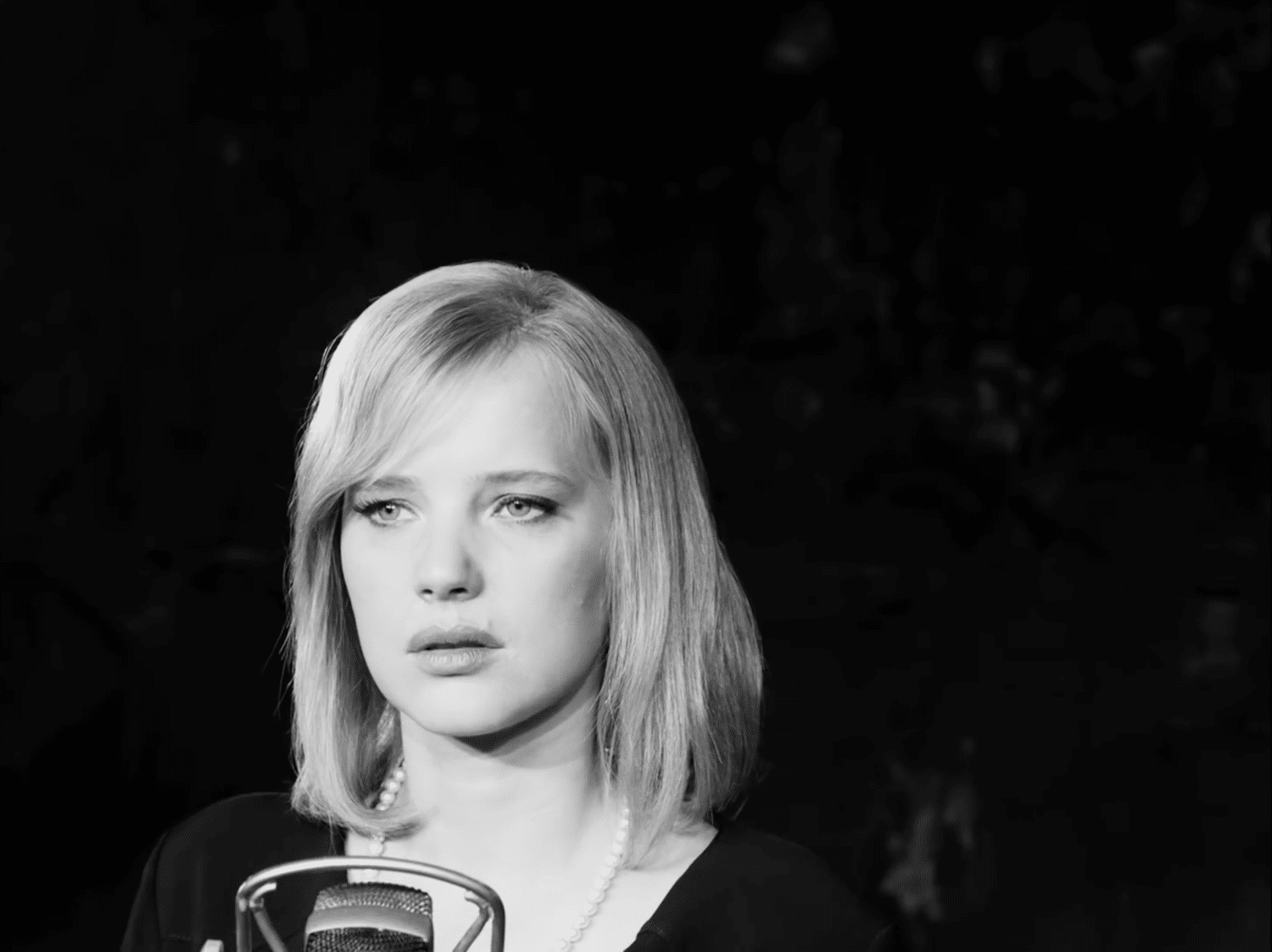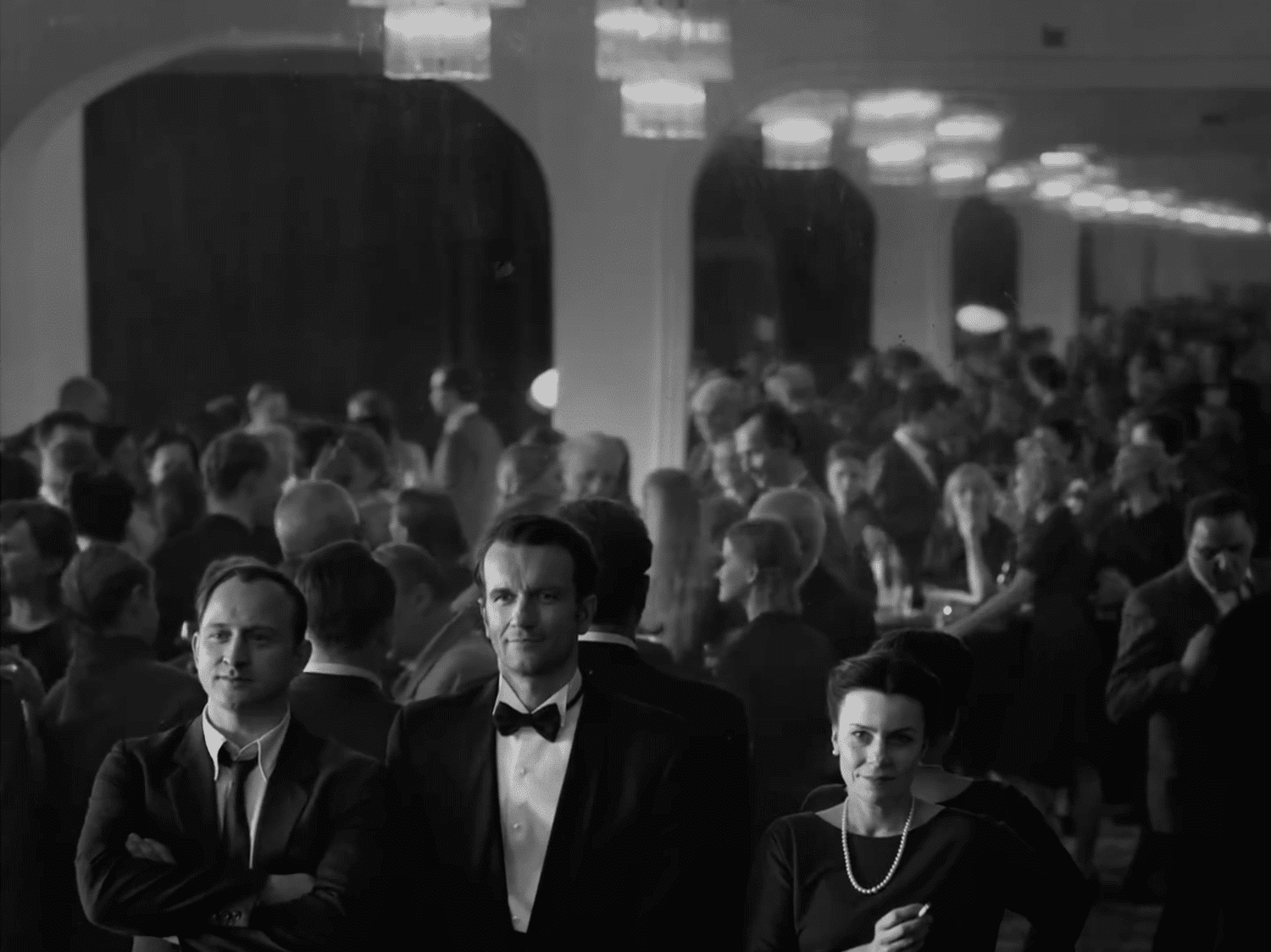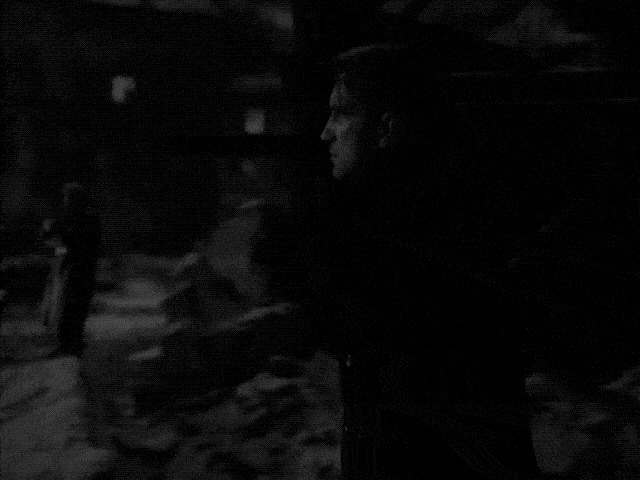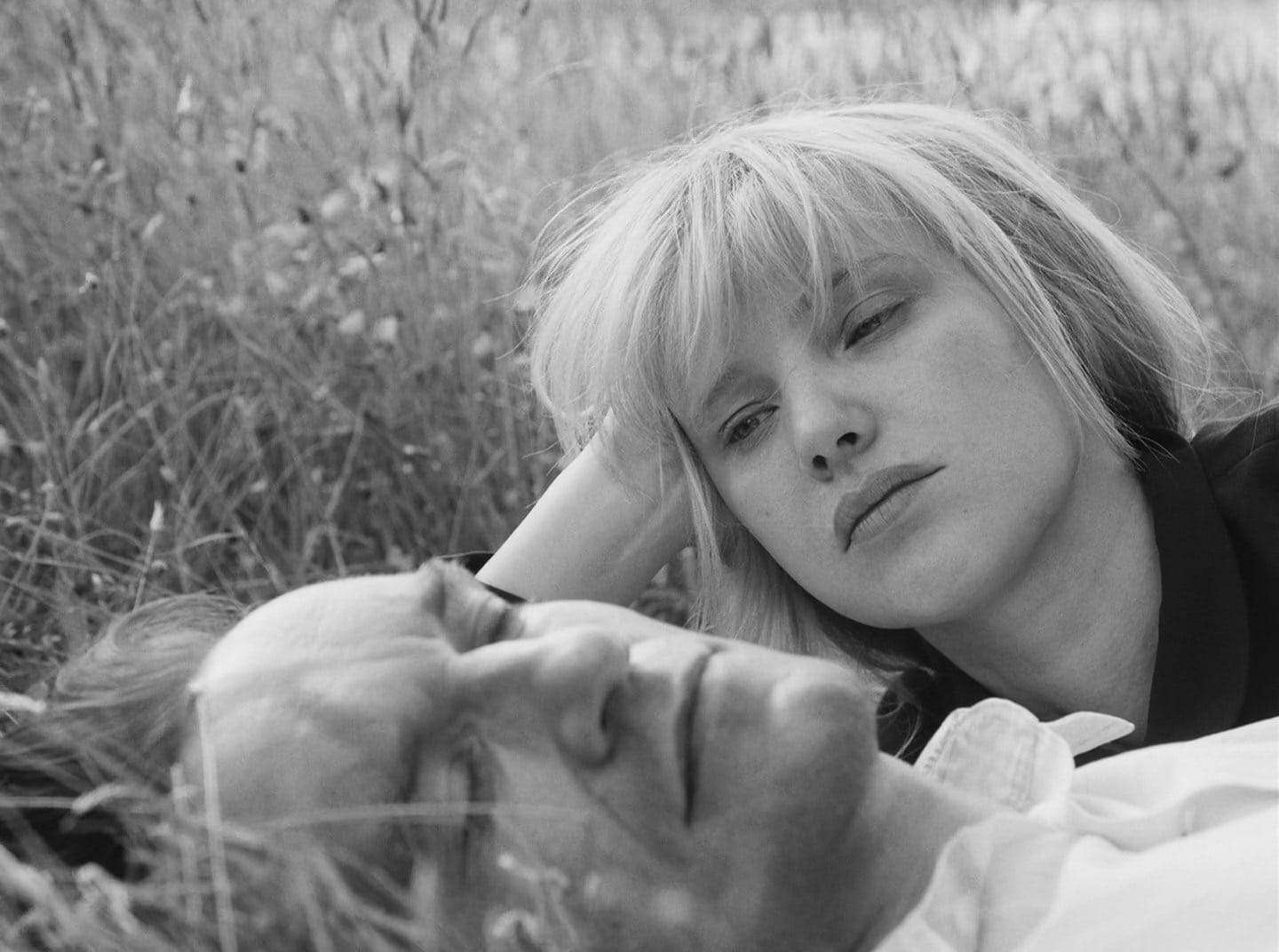The Cinematography of ‘Cold War’
Read Article : The Cinematography of ‘Cold War’
The Cinematography of ‘Cold War’
Artikel Film School Rejects,Cold War is an irresistibly beautiful romance about two people so passionately in love that they self-destruct when together, but find it unbearable to be apart. When Wiktor, a sharp pianist played by the dashing Tomasz Kot, meets the young and vastly talented Zula, played by the enchanting Joanna Kulig, it’s love at first sight in Soviet Poland. The film follows the couple through a decades-spanning romance that’s just as tumultuous as the war that rages on in their country and across the globe in the film’s background. They’re madly in love in every sense of the phrase, repeatedly betraying each other one moment, only to turn around and give up whatever necessary to be together again in the next. This explosive yet universal love story was deftly co-written and directed by Paweł Pawlikowski and brought to life visually in crisp black and white cinematography with breathtaking artistry by Director of Photography Lukasz Żal.
When Pawlikowski set out to make Cold War, he enlisted Żal after the two had previously collaborated on Ida in 2013, another black and white Polish film that was similarly lauded by the Oscars. Żal is also known for his work on films such as The Here After and Loving Vincent. When I spoke with Żal over the phone, he told me he had only one small reservation when embarking on this second project with Pawlikowski: “I don’t want to be known as a black and white DOP,” he joked. “That would be a disaster for me.” It was worth the risk though; Żal’s phenomenal work on Cold War has earned him his second Academy Award nomination for best cinematography, following his first in 2015 for Ida.
Despite some initial hesitance, both Żal and Pawlikowski knew Cold War needed to be shot in black and white. The story demanded it. “In Poland, there was no color in those days, in those years. Everything was black and white,” Żal explained. When discussing why color would’ve been impossible for Cold War, he goes into detail about how de-saturated the palette would’ve had to have been, and how this wouldn’t have been true to Zula and Wiktor’s romance. Żal admires the color cinematography in Todd Haynes’ 1950s period romance Carol but says that the reason it works so well in that film is that Carol takes place in New York. “The US, in the 50s and 60s, there was very strong colors. It was so vibrant. And Poland… it was completely… there was communism, you know. Everything was grey.”
When it comes to cinema, though, no two black and white films are the same. “The idea from the very beginning was that first of all we wanted to make this different than Ida,” Żal told me. Ida was created with “shades of grey,” but Żal and Pawlikowski approached Cold War with an entirely different plan. “The idea was to have a very contrasted look in this movie because the story was very contrasted, the relationship was very contrasted and very tumultuous and messy. Going back and forth, meeting each other, betraying each other. So there was this idea that, visually, the movie should be very very contrasted. We wanted to have a strong black and a very bright white.”

Viewers may be surprised to learn that Cold War achieved this striking look on digital, and not film. This decision not to shoot on film didn’t come about from either Żal or Pawlikowski’s personal preference, but rather, due to budgetary reasons. However, Żal made do. “We wanted to have the image which will be somehow similar to film — to 35mm, in which you didn’t have so many details in blacks.” They shot with an Arri Alexa XT camera and tried to evoke “this very high contrast and very grainy image.”
Every decision about the aesthetics of Cold War was made with careful consideration for the film’s narrative. Żal didn’t want the film to simply look good; the cinematography had to fall neatly into place with the themes Pawlikowski was working toward, it had to tell its own story. “The world, in the 50s and 60s was much more simple. The world was less cluttered. There wasn’t so much information. And you know, especially in Poland, and in this communist bloc, the world was simpler, relationships were simpler. There wasn’t a choice. Everything was less cluttered, with things, with information, with everything. Everything was more black and white.”
When you sit down to watch Cold War in a theatre (if you haven’t done so yet, run, don’t walk!), it’s like stepping into a time machine back to 1950 and watching the glamour of a classic Hollywood romance unfold on screen. Pawlikowski encouraged Kulig to turn to Lauren Bacall whenever she needed inspiration for her role. But Żal’s inspirations for his work in the film aren’t what you might’ve predicted. “I was inspired by photography,” he explains when describing how he crafted the film’s look. Ralph Gibson and Helmut Newton understood the high contrast black and white that he wanted: “these were very very strong influences.” For the most part, Żal found himself turning to less traditionally cinematic inspirations: “I think mostly, for me, the inspiration was photography and archives. There was Stalinist pictures, images, paintings, propaganda. There was a lot of archives, archives from Berlin. And also concerts, Jazz concerts, like Thelonious Monk.”
But Żal assured me that a fair share of classic films influenced the film’s look, too. “Of course, there is Casablanca. Tarkovsky, too. There was Godard, maybe Vivre Sa Vie and also Breathless.” But if you felt Jean-Paul Belmondo or Humphrey Bogart in Cold War, this was, of course, a given. “I mean, you know, everybody carries with them films that inspire them.”

Żal wanted to strike a balance between portraying what Postwar Europe was actually like at the time, and also imbuing the imagery with a sense of his and Pawlikowski’s own memories of growing up in Poland during the war. “I love how the film looks. It doesn’t reproduce the world, you know, it doesn’t mimic reality, it creates a kind of image where there aren’t so many details, and there isn’t too much information that we don’t need to see. It focuses on what is essential. That was very important to me.”
Zula and Wiktor’s love story is one that is living and breathing; it will undoubtedly rouse strong emotions and memories in any viewer. So it may not come as a surprise that the story is loosely based on a real romance: that of Pawlikowski’s parents, from whom these characters take their names. As Żal describes it, the personal nature of this story very much affected what it was like to work on Cold War. “Working on this movie, it was so very special. This movie was… and I am not joking, or just saying this, it was was so special, and everyone, the whole crew was saying this. The way that Paweł was able to create this atmosphere, and this amazing working process, it made it so that we all wanted to put a piece of ourselves into the film.”
Working on Cold War was a far cry from modern studio filmmaking; it was an intensely personal and intimate experience that one can only find in the world of independent cinema. “It’s [Pawlikowski’s] personal story, but it also becomes, when it’s so important and so close to you, it also becomes a personal journey, where you discover something about yourself and about love. I was so happy to have this privilege, to somehow be with Paweł on this journey. I learned so much, also about myself. It wasn’t just work. When it comes from inside, from the body and flesh, and when it comes from memories and from such personal feelings, it works in cinema so well.”
When discussing working with Pawlikowski, Żal immediately brings this up: “Paweł treats working on a film with a lot of care. Eva, our producer, would say: ‘It’s like he’s writing the film with the camera.'” A wonderful visual, and also likely a direct reference to French film critic Alexandre Astruc’s contribution to auteur theory, which is that an auteur filmmaker creates their movie with a “caméra-stylo,” in other words, they use the camera as a writer uses a pen.
Żal explains that when Pawlikowski is your director, the job becomes an incredibly rich collaborative experience. While they ultimately began intensely preparing for the shoot six months before production began, Pawlikowski likes for his sets to be like living organisms. “He’s very open. Paweł is just working to somehow synchronize it all into this one perfect take. So sometimes it would be a little coincidental. We’d capture a piece of light or something that wasn’t in the script, we’d capture a piece of truth with the camera. Paweł’s looking for a piece of real life. Sometimes, when you prepare everything, and everything is so perfect, sometimes it looks staged. Sometimes you need to break that. And sometimes when you break it, maybe something really unexpected happens. Just follow where things are headed and observe what the films tells you and be very aware. I really like this way of making movies. You always discover something.”
In terms of perfect shots, Cold War is absolutely filled to the brim. When I told Żal about my favorite shot in the film, a powerful moment in which a heartbroken Wiktor puts out his cigarette, picks up his suitcase and tearfully crosses the border into West Berlin without Zula, he was glad I’d brought it up: “There’s so much blood and sweat in that shot” he joked. “That was a very hard shot to shoot, so thank you. I love this shot also because it’s a great example of what it’s like to work with Paweł. When, in one shot, you have so much, you have a person, and you also have a background, and just this one shot which contains all the information about the world beyond the frame. It’s like a condensed version of the reality beyond the frame. I think this is one of my favorite shots because it shows our approach to this movie. Just working with mostly scenes that are just one or two shots. I’m happy you like it so much because I think this shot is the hardest thing in the movie, for me. I gained a few grey hairs because of this one so, it’s good that it was worth it.”

Not only is the shot so powerful because it marks the first time a betrayal separates the lovers, but it’s also striking, politically, to watch Wiktor simply walk across the border from East to West Berlin, out of the communist bloc. The moment takes place in 1952, so the Berlin Wall — which would be erected in just nine years — looms over the scene largely. “[This shot] is so short, that we had to make it very strong so that you could really understand and feel that he’s crossing over to a better place.”
One of Żal’s other favorite shots is a 2-minute long take where Zula dances to the song “Rock Around the Clock.”
But along with these more difficult to shoot scenes, he’s also proud of some of the less complicated ones; “The scene in the meadow, when they are lying together. It’s a very simple scene, but it’s also very nice.”

Or the moment where Zula and Wiktor, each completely disillusioned with life after years spent apart, reunite in a bathroom. “It has such an amazing impact.”

Many of the most memorable moments in the film are made up of long shots, in fact, close-ups are few and far between in Cold War. Żal explains that this was intentional, especially when it came to Zula. The film is full of shots where Zula finds herself in large crowds, or among many faces, but you can almost always instantly spot Kulig. She’s magnetic. “That was the approach. Not to suggest, not to have it seem like someone is pulling the strings. That’s Paweł’s amazing ability; to create this work where you don’t feel like someone is pulling the strings. You can see very quickly that she’s there, but you don’t have to have her portrait or her face on the whole screen. But of course, you know, it’s also Zula… It’s probably mostly her, her energy. Maybe we just helped her a bit with image.”
Żal explains how pivotal Zula’s first big scene is, the moment where she meets and auditions for Wiktor, and thus entirely changes the style of the cinematography. “She’s the power who starts to make the camera work like this,” Żal tells me, referencing the camera work in shots like the “Rock Around the Clock” one. “The beginning part of the film is like a documentary, but the second part, as soon as Zula appears, she triggers the camera.”
In the future, Żal plans to stay true to his work ethos; “What’s important for me is to work on projects which are challenges in terms of image, but also very important stories for me personally. Because every film is like a long chapter in your life, so I think it’s important to make films which are like a journey for me.” One thing he can say for sure is that he might like to shoot his next few projects in color. He agrees with me, though, when I tell him that I hope he and Pawlikowski will work together again in the near future, in black and white or otherwise.
The post The Cinematography of ‘Cold War’ appeared first on Film School Rejects.
from Film School Rejects http://bit.ly/2IgWWis
Thus Articles The Cinematography of ‘Cold War’
You are reading an article The Cinematography of ‘Cold War’ and this article the permalink permalink is https://rivieredesparfums.blogspot.com/2019/02/the-cinematography-of-cold-war.html Hopefully the article this can be useful. thanks
Tag : Film School Rejects,



0 Response to "The Cinematography of ‘Cold War’"
Post a Comment